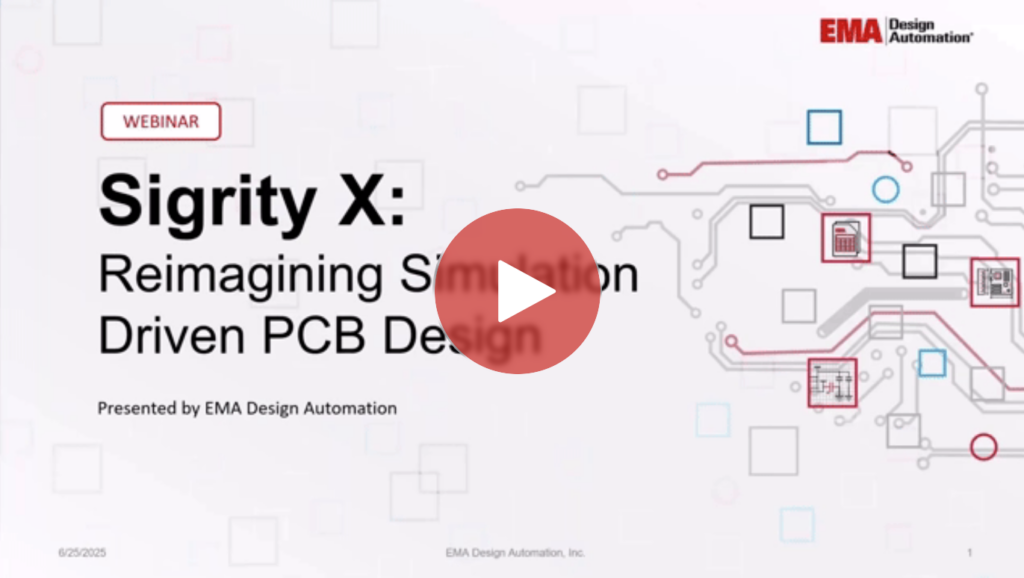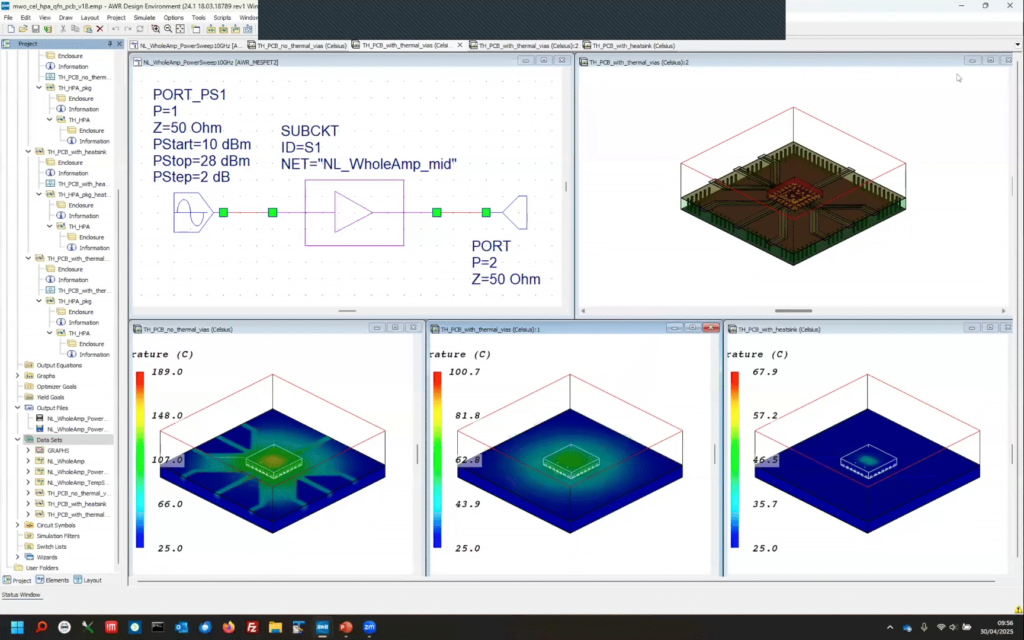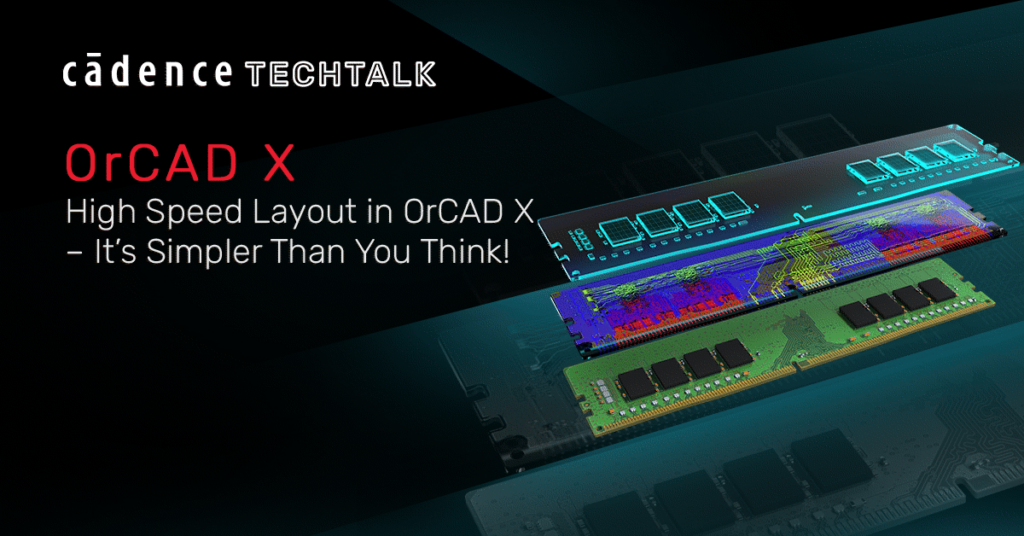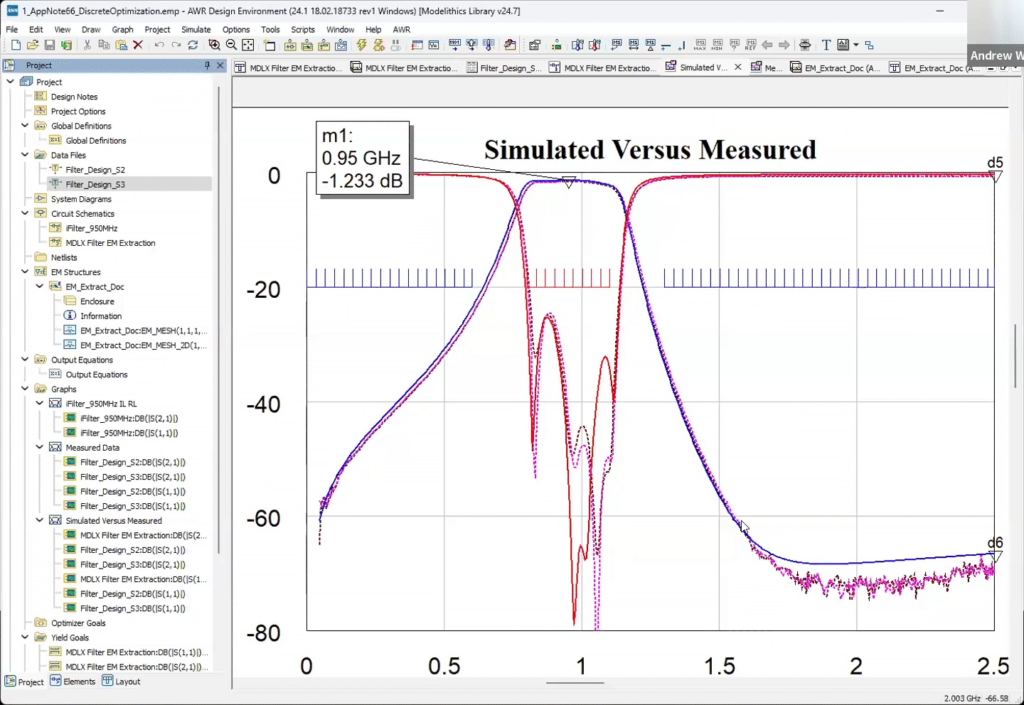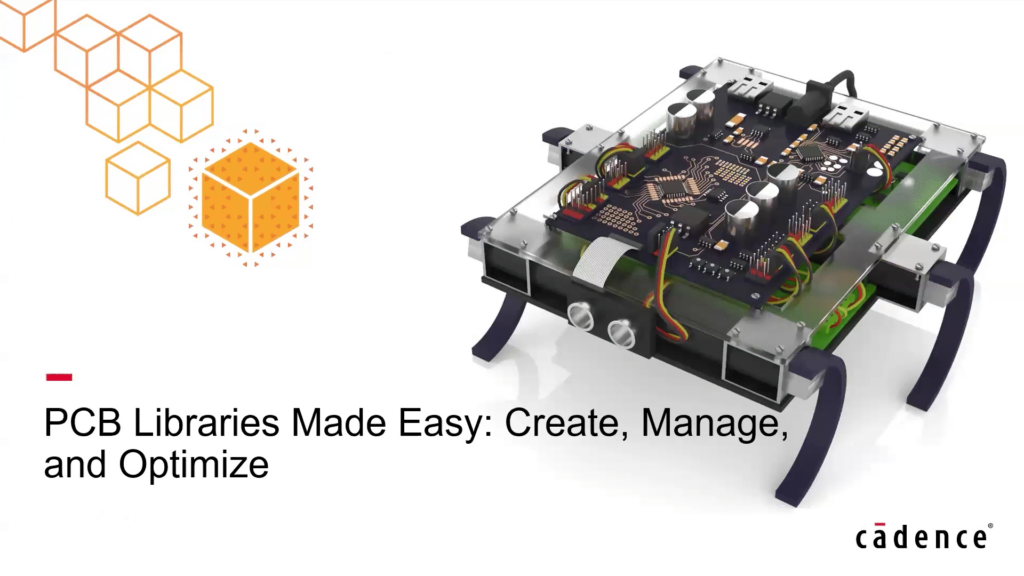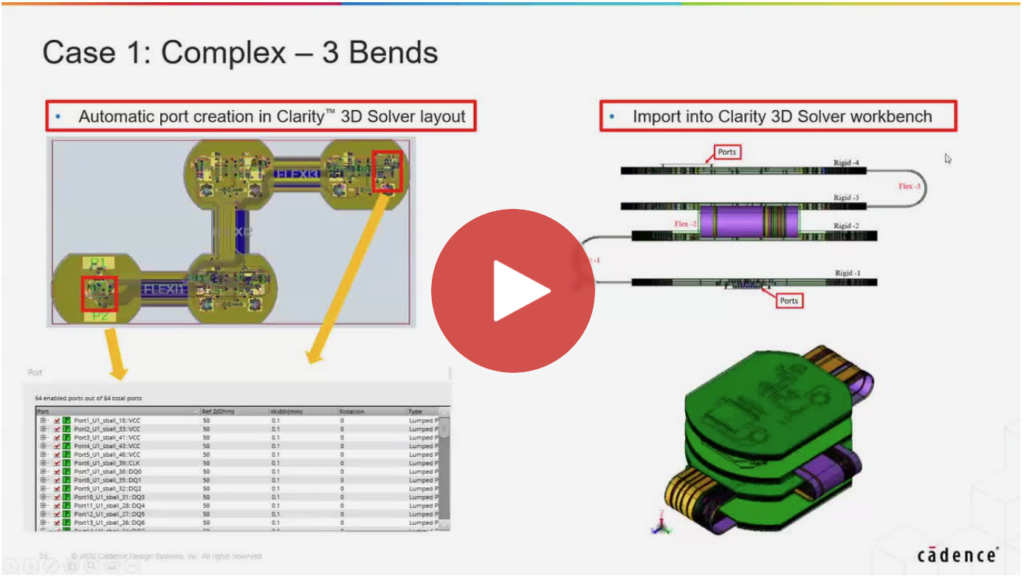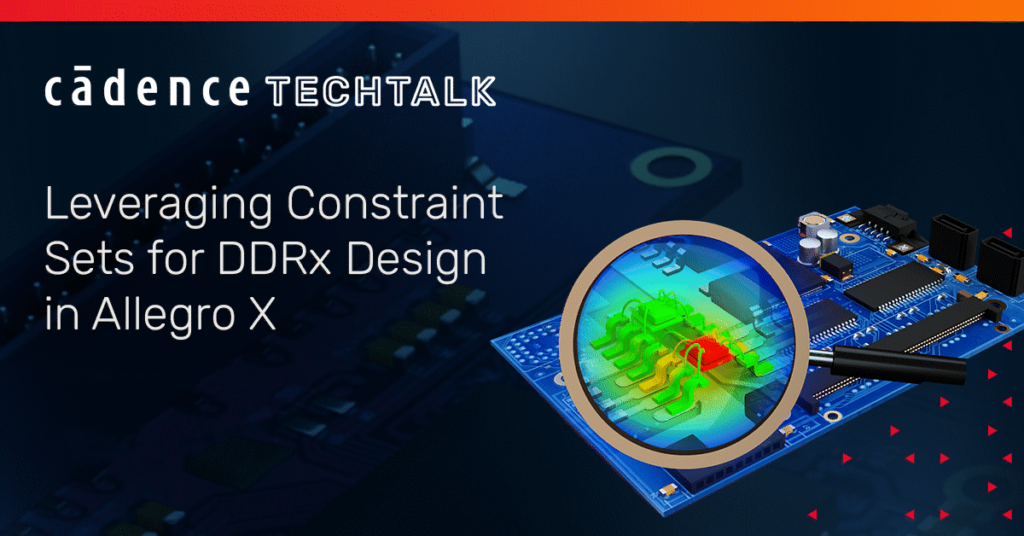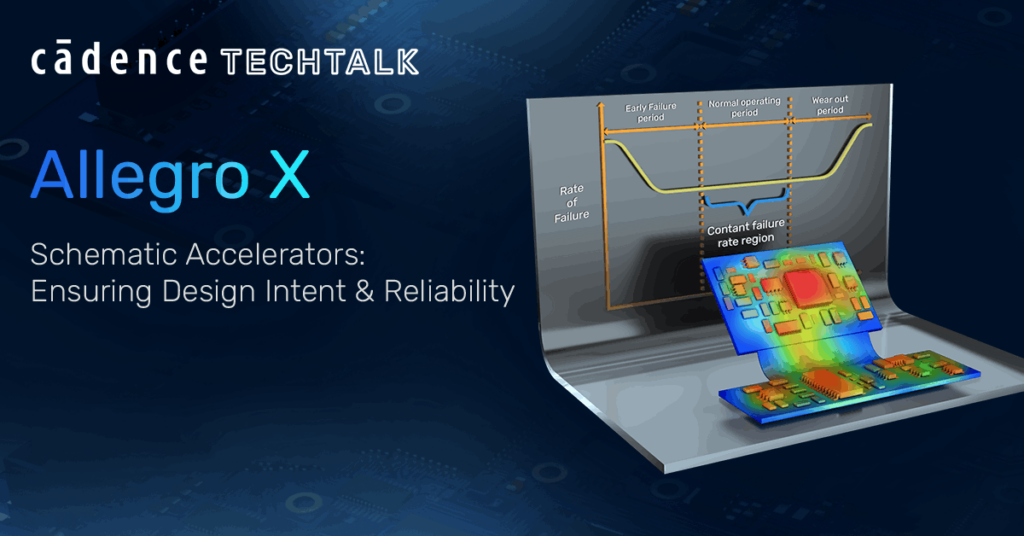OLogic, a leading engineering consultancy focused on robotics, and IoT, has used Cadence Sigrity X for several years now to conduct post-layout SI/PI analysis of their designs. Being able to use Sigrity X allows them to make both necessary layout changes before board production and confidently validate high-speed signal routing for their customers.
During the layout for their first revision Pumpkin Genio 700 board, the latest in the Pumpkin Genio series developed in partnership with MediaTek, OLogic utilized several of the Sigrity X workflows to validate high-speed peripherals such as MIPI, HDMI, and DDR4 memory.
This webinar will walk through the process used for validating two of the above-mentioned peripherals with Sigrity X to design, optimize, and validate these critical interfaces prior to production. Join us as OLogic takes you through their production proven process for analyzing SI/PI impacts on their designs.
What You Will Learn:
- Challenges with modern high-speed interfaces
- How Sigrity X is used to validate interfaces like MIPI, HDMI, DDR4, etc.
- Real-world examples of SI/PI simulation with Sigrity X being used on production designs
- How Sigrity X can be used with any PCB CAD environment
- Insight into OLogic and their proven process for delivering projects with first-pass success through simulation driven design


